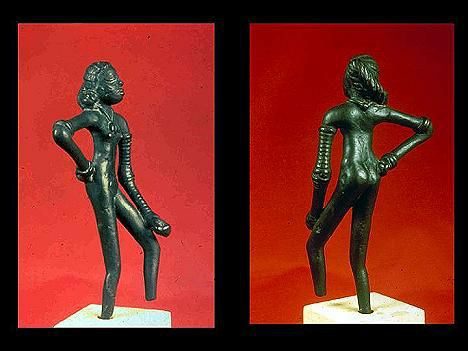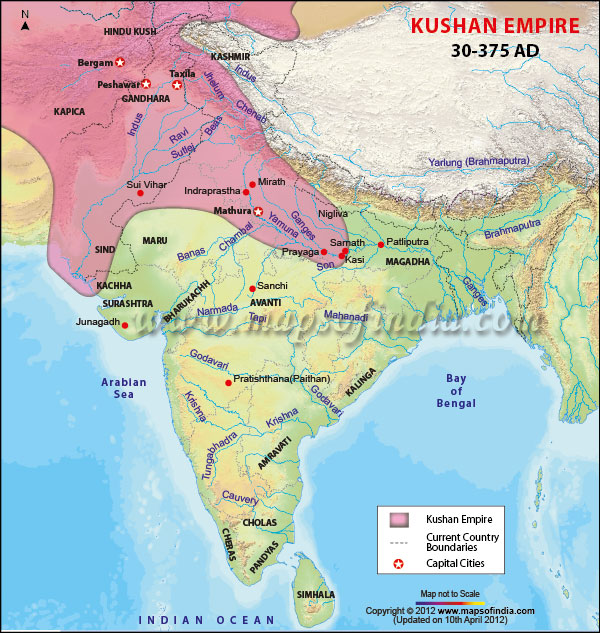There are 3 important things in Indian Ancient History – Untariya, Antariya and Kayapan.
INDUS VALLEY CIVILISATION
Indus Valley Civilization lasted from 2500 – 2000 BCE. Harappa, Mohen jo Daro were closer to Gujarat.

BUST OF A BEARDED MAN: – Three important elements from this figurine are – Art of weaving was known to them, Coarse cotton and copper sewing was found and Trefoil Pattern.

DANCING GIRL: – Dancing Girl is a prehistoric bronze sculpture made in lost-wax casting about c. 2300–1750 BCE in the Indus Valley Civilisation city of Mohenjo-daro.

THE VEDIC PERIOD
The vedic period span from 1500- 500 BCE. Upanishads were written, events which were happening were being written in books named Rigveda, Samveda , Yajurveda, Atharvaveda. Upanishads are in short social and political texts.

Men used to wear Adhivasa – a kind of Untariya that was worn at the top, a Nivi or dhoti, Mrigchaal.

Women used to wear Stanapatta, an Antariya in Kakshya fashion (passed between the legs tucked at the back) and a Kurlra – Headband or head ornament.

THE MAURYAN PERIOD
Mauryan empire ran between 322 – 185 BCE. Mauryas were great warriors with Chandragupta Maurya being their founder.

Men used to wear Pratidhi, Kayabandh, Uttariya, Patka , Antariya. The Greek influence during this period was visible through a new breast covering called the Pratidhi.

THE KUSHAN PERIOD (AD 78- 101)
Interest in Buddhism arose during this period. One of the important costume development in this period was a rectangular cloth garnent draped over both lower and upper body. Kushan Royal Costume – Chogha, Tunic, Chalana.

THE STAVANA PERIOD (220BCE – 218AD)
Also known as Andhra dynasty under Andhra rulers greatest Buddhist architecture was built. Poduction of cloth and textile flourished during Stavana period.

-END-
